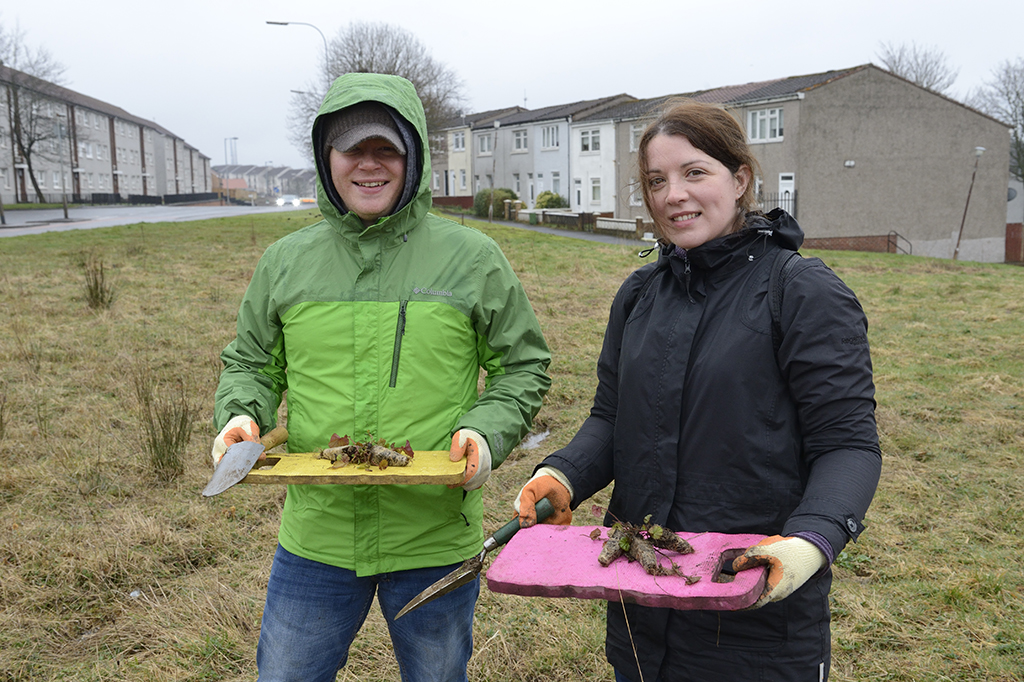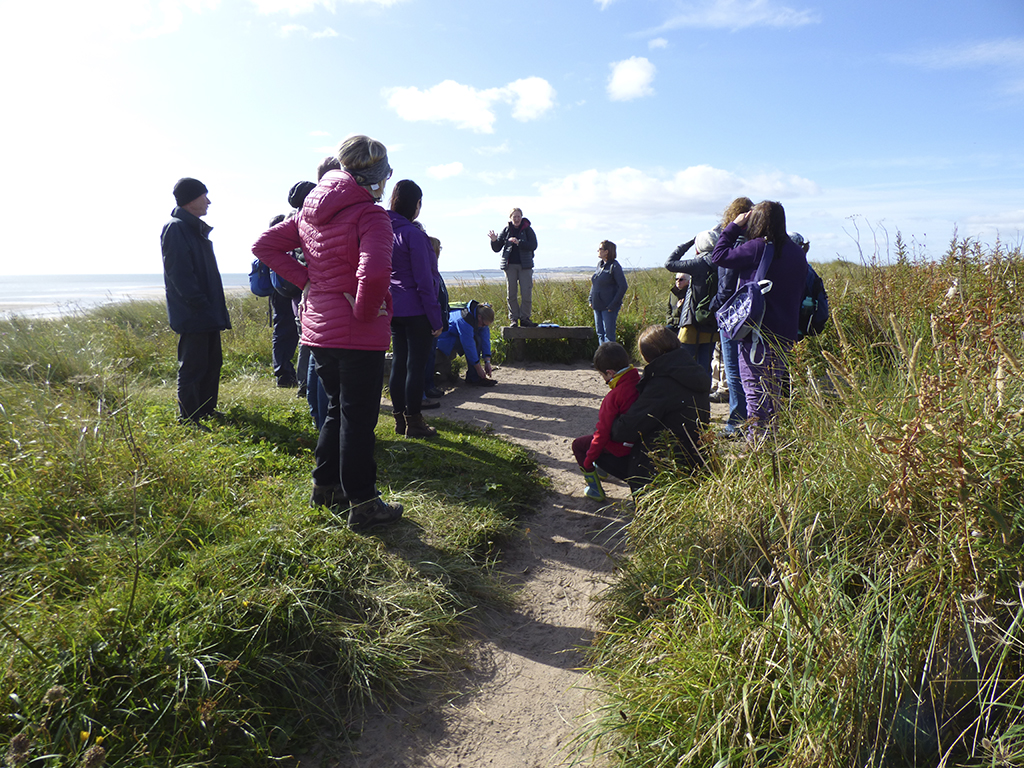Scotland’s nature agency is supporting more than 500 community groups this year to volunteer to help tackle the nature loss and climate change emergency.
Volunteers of all ages, abilities and backgrounds from all over Scotland are getting involved in hundreds of projects to put nature back on the road to recovery; protecting our plants, species and habitats from future climate impacts and making our town, cities and communities healthier, happier and more resilient.
NatureScot is encouraging others to take action now to help build a nature-positive future for the people of Scotland.
Through the Action Earth Campaign – an environmental grant scheme run by Volunteering Matters – NatureScot expects to support more than 140 community projects in 2021/22.
Last year, 121 projects benefited, with over 3,300 volunteers involved in improving biodiversity in their local area. Inclusivity is a key part of the scheme, supporting volunteers of all ages, backgrounds and abilities, with 1,200 volunteers having defined health and social needs.
NatureScot also awarded £170k to The Conservation Volunteers (TCV) to support over 248 community groups this year. TCV brings people and green spaces together and its projects aim to improve habitats for wildlife and the climate whilst improving health, providing learning and skills opportunities and connecting communities.
Through Paths for All, NatureScot has supported 51 community groups to develop local path networks. This includes giving 25 community groups advice and support to create, promote and maintain recreational and active travel projects, and a further 18 community groups funding for their path projects.

TCV volunteers planting wildflowers on urban grassland with fossorial watervoles, Easterhouse Glasgow.
(Photo: Lorne Gill/NatureScot)
Additionally, specific support has been given to eight disadvantaged communities including the restoration of The Blue Bonnet trails by the Opportunities in Retirement volunteer group in South Ayrshire.
Engaging in community-led marine biodiversity monitoring, 20 communities and groups across Scotland are monitoring their rocky shores, subtidal habitats and species like the flapper skate.
Some communities, such as Berwickshire Marine Reserve, are recording the marine life on their shores and using ‘robolimpets’ – temperature loggers disguised as limpets – to monitor changes over time. Other groups, such as Ocean School at Struan and Carbost Primary Schools, are participating in community-led marine biodiversity monitoring to stimulate curiosity and scientific inquiry in their pupils and the wider community.
Finally, more than £800k has been awarded to 43 community groups this year through NatureScot’s Better Places Green Recovery Fund. The fund was set up to help communities manage visitors in ‘hot spot’ locations, following the surge in people visiting Scotland’s countryside, coasts and local green spaces during the initial easing of lockdown in summer 2020.
Some of the money has been spent on upgrading and improving access to popular sites, while other volunteer groups and community partnerships have invested in promoting responsible behaviour.

Volunteers, school and public groups at St Cyrus National Nature reserve (Photo: NatureScot)
Pete Rawcliffe, NatureScot’s head of people and places, said: ‘We set ourselves a target of engaging 300 communities in nature recovery projects this year and thanks to the fantastic response from our partners and community groups across Scotland we’ve absolutely smashed that.
‘It’s clear that more people than ever before are aware of the nature-climate crisis and want to do something about it. This kind of people-led action is so great to see and that collective effort can be very powerful.
“Whether it’s getting involved in a local community group to improve and care for the green spaces in your neighbourhood, to taking part in beach cleans and litter picks or becoming a citizen scientist and monitoring the wildlife near you – this can all make a real difference to the natural world around us and we’re delighted so many people want to help.
“Volunteering is a real feel-good activity. It can help with social isolation and improve mental and physical wellbeing, so it’s a way to benefit yourself as well as your local nature.
“COP26 has driven home the message that we’re running out of time and we must take action now to restore nature if our planet has any chance of recovery. With the UN biodiversity conference, COP15, coming next year, there’s really no better time for us all to volunteer to make space for nature in our lives.”
For a list of environmental volunteering opportunities near you, visit the NatureScot website.
TAGS

